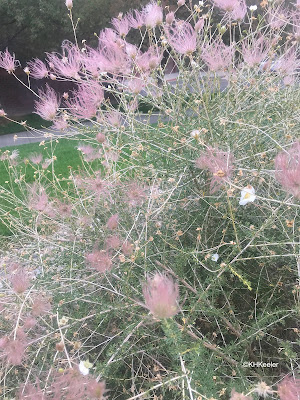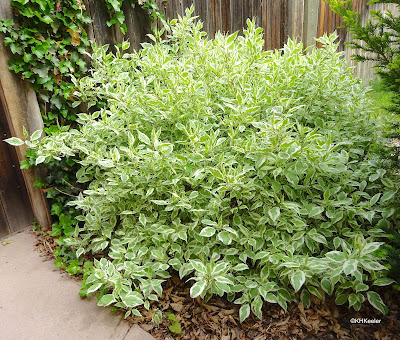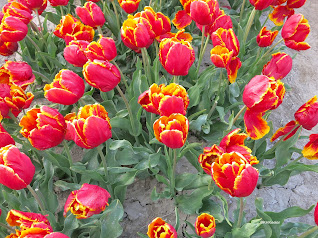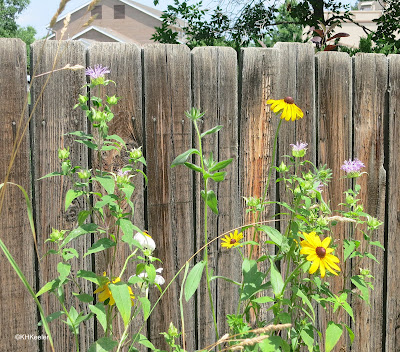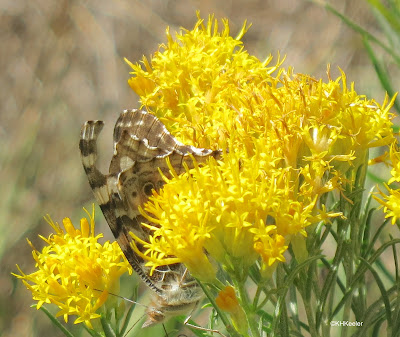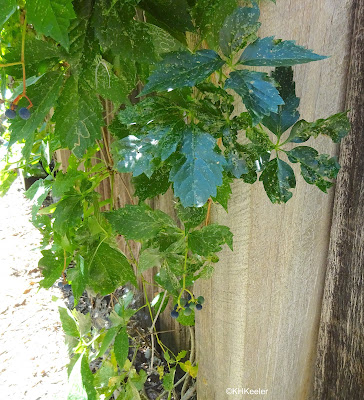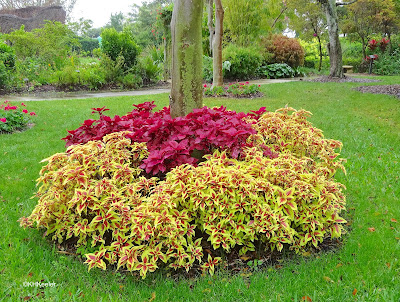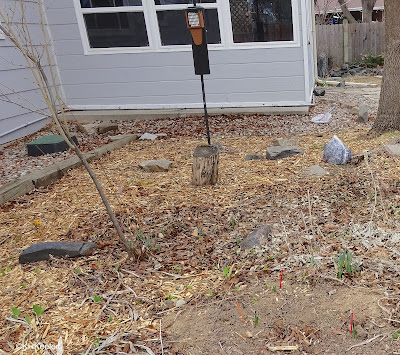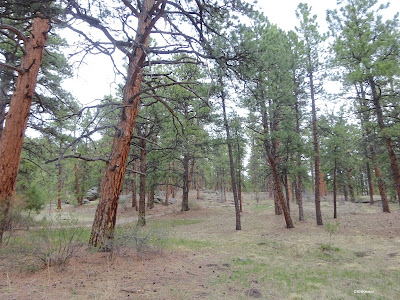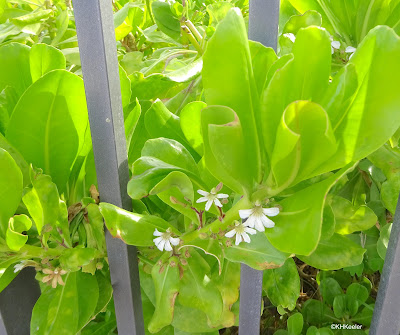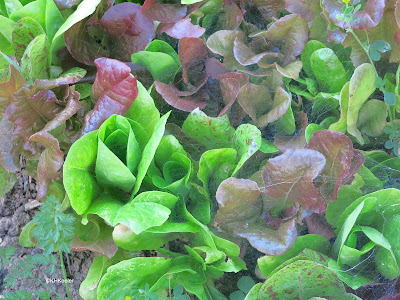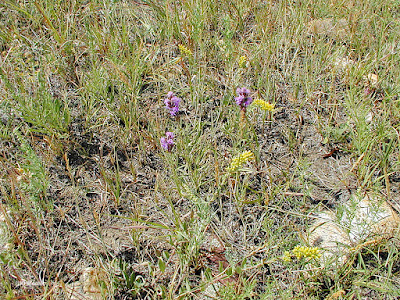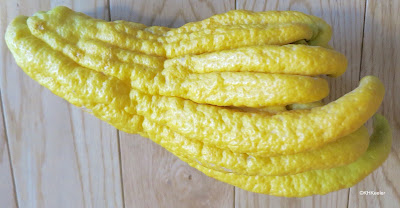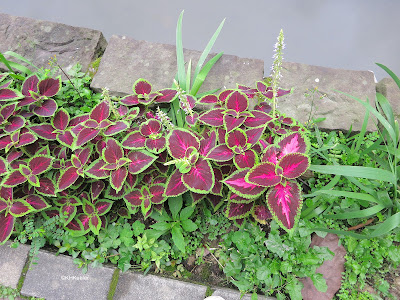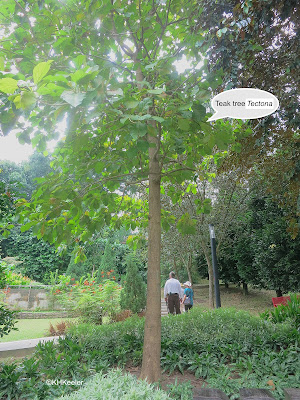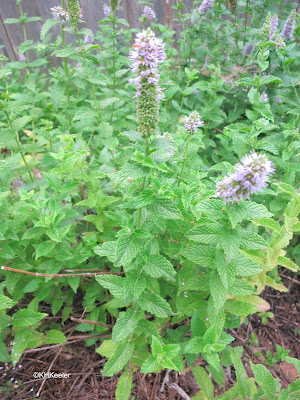Beauty bush is a pretty shrub native to central China. It is a member of the honeysuckle family, Caprifoliacae. It was introduced first to Great Britain about 1900 and then to the United States. It became a popular garden plant in the U.S., though it was never as popular in Europe or China. It is rare in the wild. In the United States, it has naturalized in at least seven states, from Massachusetts to Utah.
 |
| Beauty bush, Linnaea amabilis or Kolkwitzia amabilis |


